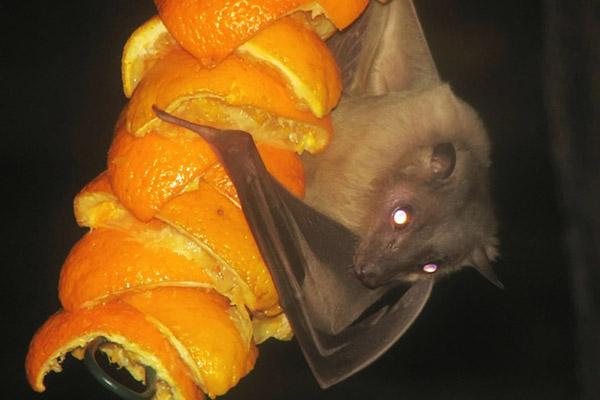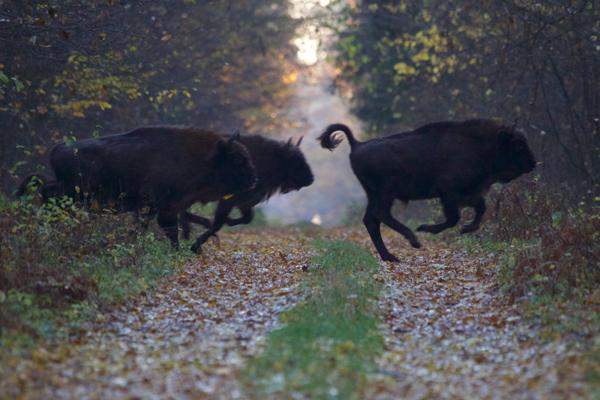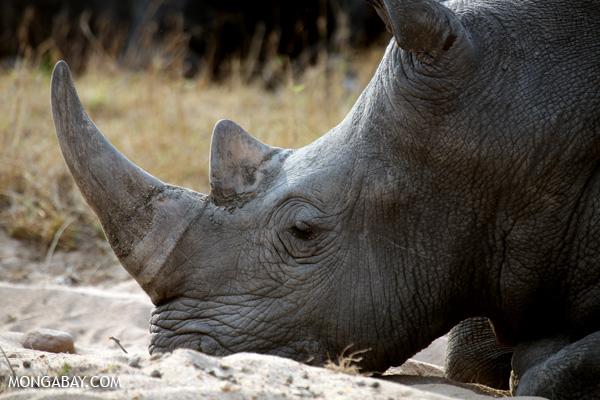“We are not suggesting that people stop hunting altogether, which isn’t realistic,” said FAO Chief Veterinary Officer Juan Lubroth this month. “But communities need clear advice on the need not to touch dead animals or to sell or eat the meat of any animal that they find already dead. They should also avoid hunting animals that are sick or behaving strangely, as this is another red flag.”
However the FAO does recommend avoiding killing or eating fruit bat altogether. Scientists believe fruit bat, which is eaten in West Africa either dried or in a soup, is the most likely source of the current epidemic. Fruit bats, which are also known as flying fox, can be infected with Ebola without showing any obvious signs.
“The virus is killed when meat is cooked at a high temperature or heavily smoked, but anyone who handles, skins or butchers an infected wild animal is at risk of contracting the virus,” added Lubroth. Ebola is spread via the blood or other bodily fluids of anyone infected—either human or animal. In addition to fruit bat, the virus could possibly be spread by other popular bushmeat animals such as primates, rodents, and duikers, which are small antelopes.
The virus recently jumped from three neighboring countries—Guinea (where it started), Liberia, and Sierra Leone—to Nigeria’s massive city of Lagos, population 17.5 million. Two American humanitarian workers have also become infected with the disease.
Currently, there is no cure or vaccine for the disease.
“It is critical for rural communities to understand the risks, both of human-to-human transmission and from wildlife, so that they are in a position to make informed decisions themselves,” said Katinka de Balogh, a veterinary public health officer with the FAO.
This article was originally written and published by Jeremy Hance, a contributing writer for news.mongabay.com. For the original article and more information, please click HERE.





Friends Read Free